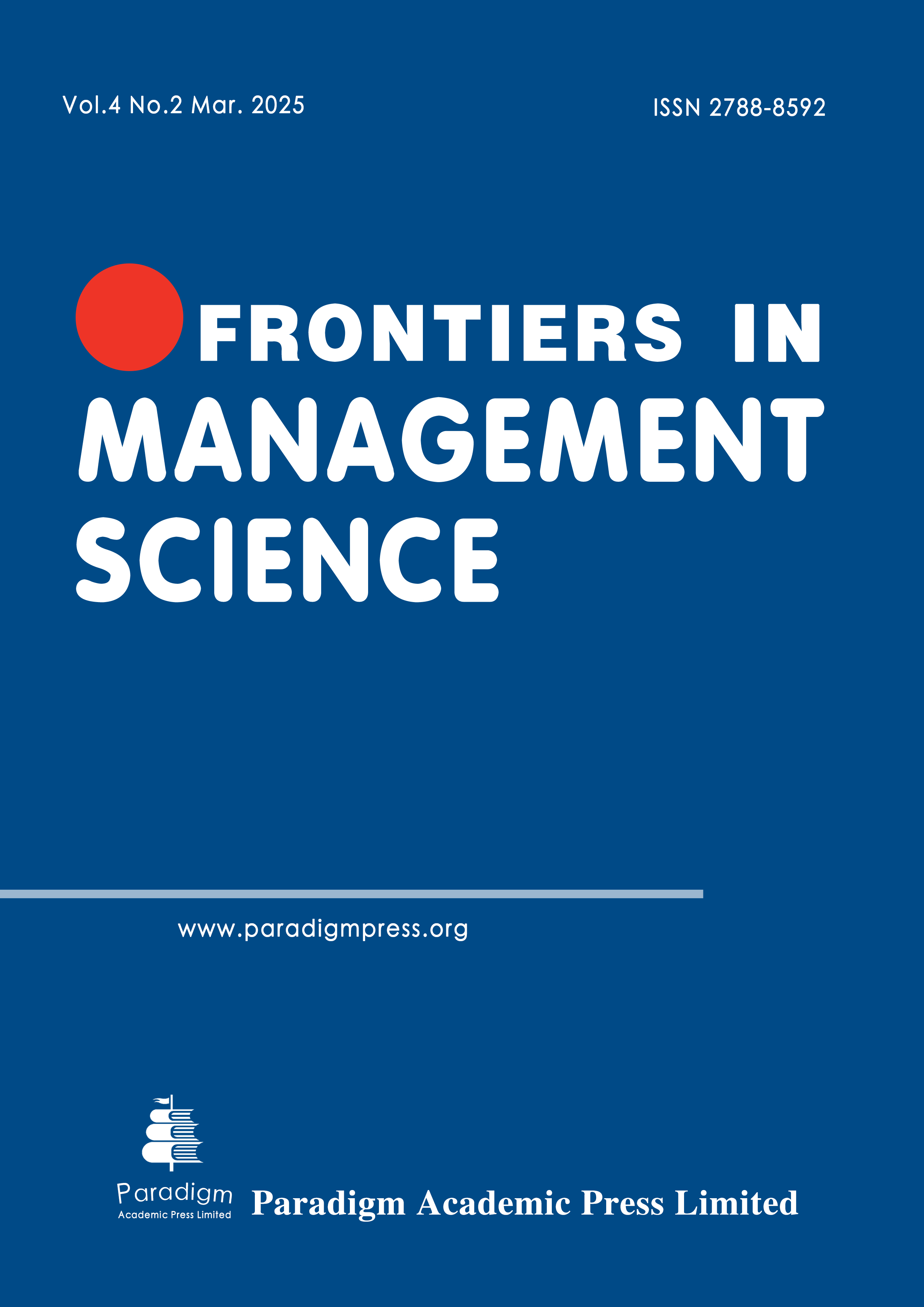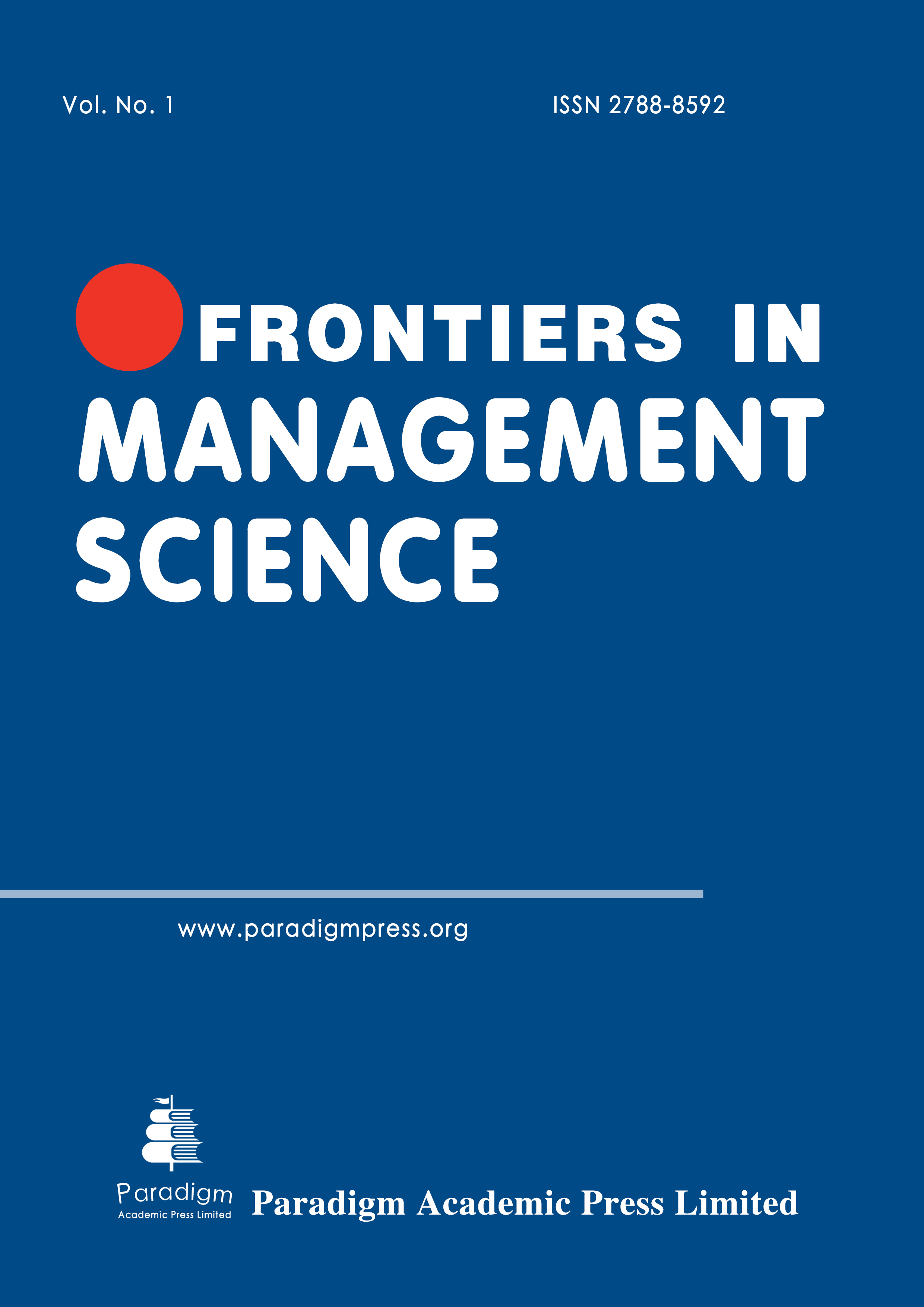Research on the Driving Factors and Pathways of Discontinuous Change in China’s Emergency Management Policies: A Clear Set Qualitative Comparative Analysis Based on 20 Cases
Keywords:
emergency management policy, policy change, clear set qualitative comparative analysisAbstract
The change in China’s emergency management policies is largely influenced by emergencies, but not all emergencies drive policy changes. Based on the Punctuated Equilibrium Theory, this paper employs the Clear Set Qualitative Comparative Analysis (csQCA) method to study 20 cases of emergencies in China, categorized into natural disasters, accident disasters, public health incidents, and social security incidents. Combining the actual context of Chinese policy decision-making, the paper focuses on analyzing the driving elements and configuration pathways that lead to discontinuous changes in emergency management policies. The study finds that the shift in high-level attention is a necessary prerequisite for changes in emergency management policies. There are two configuration pathways for policy change, which can be classified into macro-political push type and focal event-induced type. By using the qualitative comparative analysis method to explore and reflect on the mechanisms of emergency management policy change, we can better grasp the inherent laws of policy change from the perspective of condition combinations, providing theoretical insights for the future optimization and adjustment of emergency management policies.



